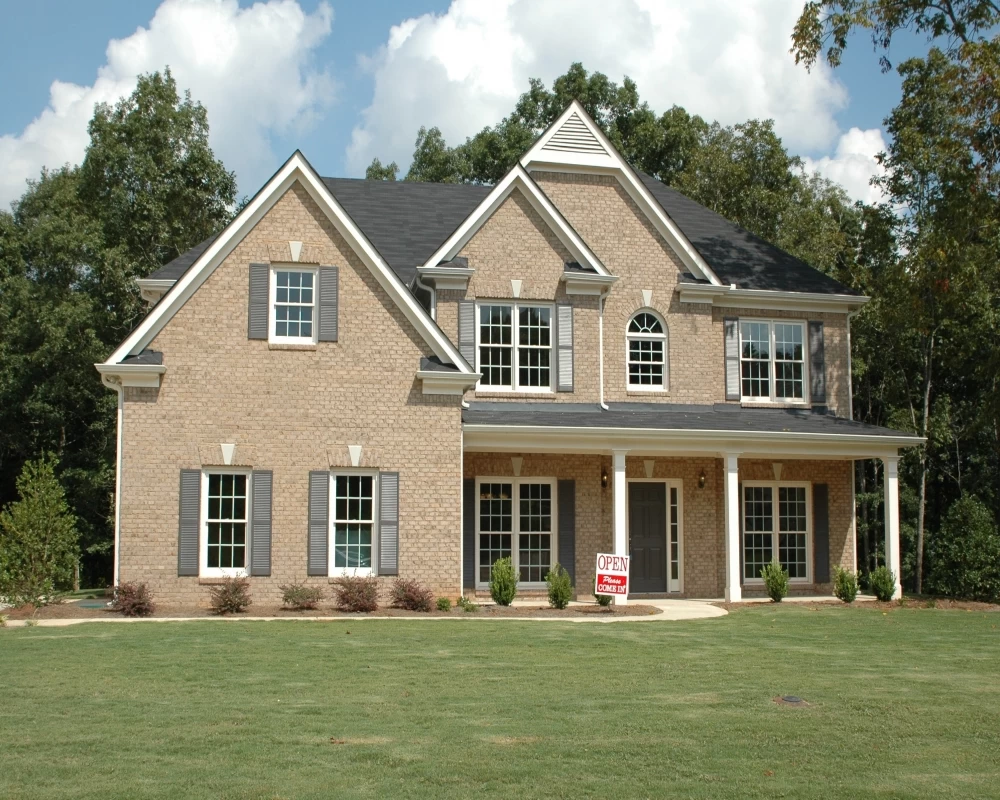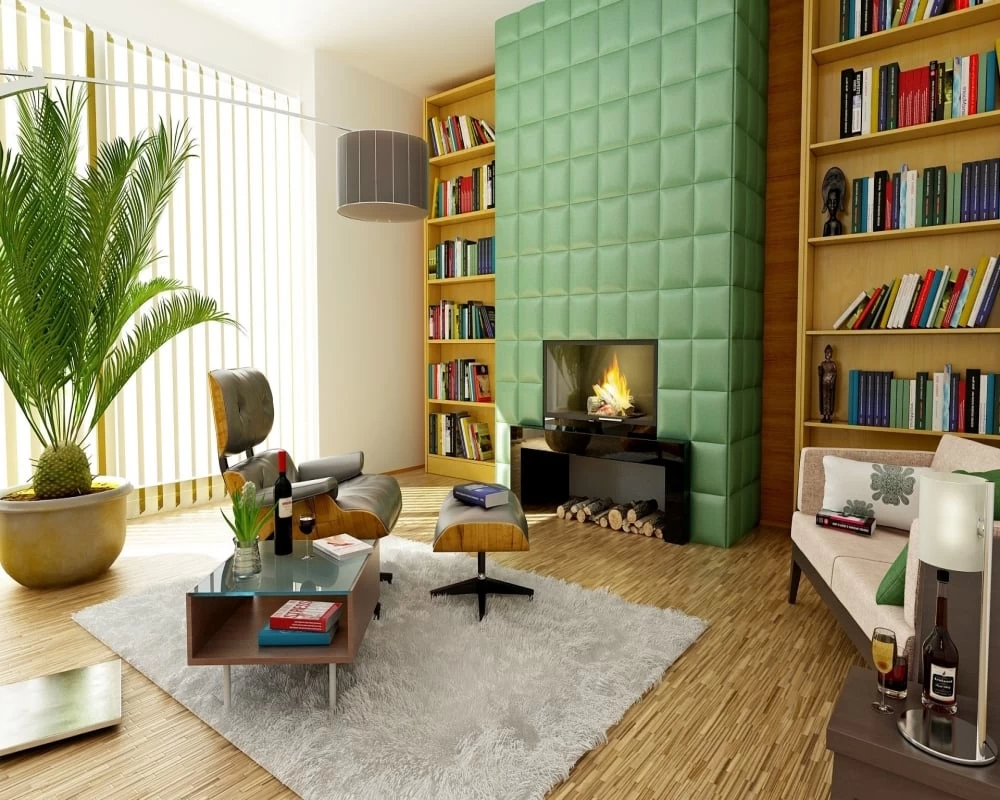Do You Really Save Money When You Buy Or Sell Real Estate On Your Own?

Despite the ease of access created by the internet, buying a home is still a complicated process. You need third part assistance when making this very important financial transaction. Navigating the complexities of home buying or selling can be especially tough if you're going at it for the first time. While we do not dispute the fact that you can buy or sell your home yourself. Facts reveal that buying or selling a home through a real estate agent would net you more money.
For sellers, 4% of the sales price is charged for real estate agent services. This might be thousands of dollars that you would otherwise count as profit. Statistics however reveal that going it alone can cost you more in profits. The average FSBO seller makes $40,000 lesser in profit than an agent-assisted seller.
When you hire an agent, you're paying for expertise and information. Real estate agents have an exclusive database, the Multiple Listing service (MLS), which shows them how the prices of properties have changed over time. As a buyer, you might be paying more for a house that you feel attracted to. Without an agent, you might be buying a house that will turn out to be a money pit and paying more than you should for it. Experience, access to the MLS, knowledge of the marketplace makes agents invaluable to new buyers and sellers. Still not convinced? Look at these 3 ways buying or selling real estate on your own will cost you more.
1. Shortened range. If you’re going on your own as a seller, buyers with agents might not want to work with you, which limits your reach. Having a real estate agent creates a sense of convenience. The real estate agent's job is to act as liaison between the seller and the buyer. When one party has an agent, the other does not, the party with extra help has the upper hand, since the agent is working in his or her best interest. Also, buyers looking for homes will have a shortened range. Apart from the MLS access, an agent has connections with other agents and can easily match home buyers with a wide range of houses that meet their tastes. A real estate agent will track down homes that meet your criteria; get in touch with seller's agents in charge and make appointments for you to view the homes. You have to play this tag yourself if you're buying on your own.
2. Slip ups. An agent's job sells or buys houses full time. A seller looking to sell on his own probably has a job and cannot be 100% committed to the business of home selling, which does require much work. You have to answer calls from interested parties, answer questions and make appointments. There could be occasional slip ups, which will cost you money. Note that potential buyers are likely to move on if you tend to be busy or don't respond quickly enough.
3. Tricky negotiations. Buyers and sellers do not always have an easy relationship as each is looking for their own best interests. As a buyer, you might not know how well to express the fact that you find the wood-paneled walls and shag carpet contemptible. Your real estate agent can express your concerns to the seller's agent. Acting as a messenger, he would likely be in a better position to negotiate a discount without ruffling the homeowner's feathers.
Buying or selling a home is not a straightforward task, buyers and sellers want to niggle about price, contracts are hard to handle, mortgage issues might crop up. A professional real estate agent can help you achieve a smooth transaction while saving you money in the home deal.




